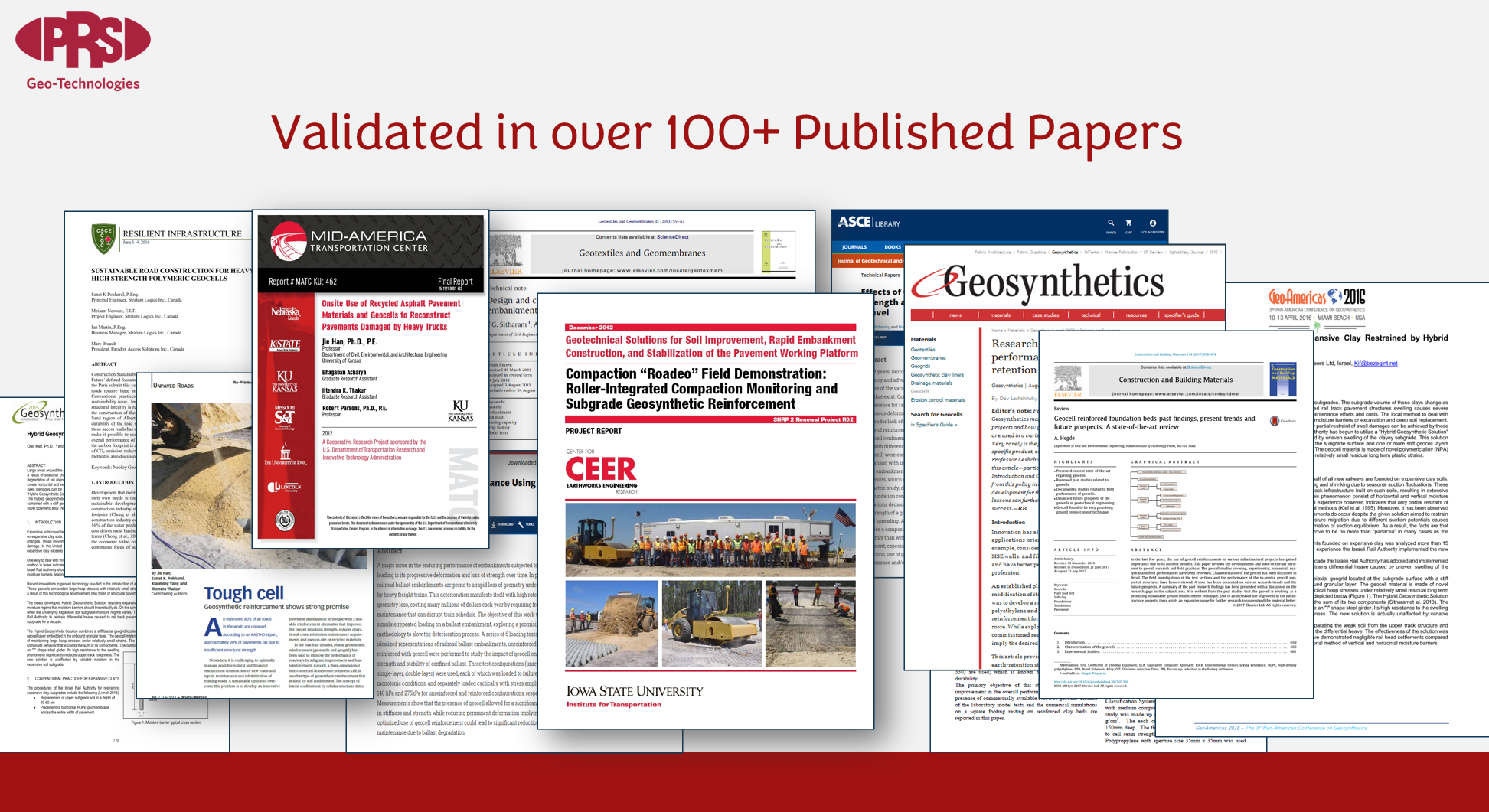
Hegde, A. – Indian Institute of Technology, Patna Rajagopal, et al, Indian Institute of Technology, Madras,
Lab studies, numerical analysis and field case studies by Rajagopal, Kief, Hegde, et al, validate the Neoloy modulus improvement factor (MIF) for road and railway pavements, and verify their performance on heavy-duty pavements in expansive clay soils. (Read more)
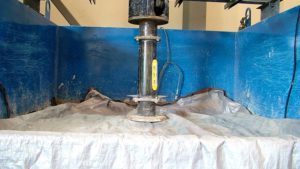
Pokharel, et al, Stratum Logics
World leading geocell expert’s publications include: basic research, design methodology, sustainability analysis and case study validation of NPA geocell road reinforcement performance in projects across Canada. (Read more)
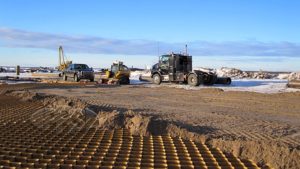
Han, et al, University of Kansas
The most comprehensive research program on Neoloy Tough-Cells, including lab, theoretical and field trial testing was carried out by Han at U. of Kansas. It also defined geocell reinforcement mechanisms, influencing factors, and calibrated NPA geocell design methodologies. (Read more)
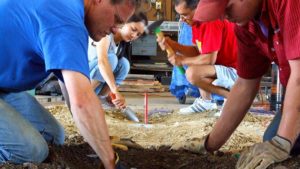
Palese, FHA, Zarmebski, U. of Delaware, et al; Kief, Double K Engineers; B. Leshchinsky, et al, Columbia University
Railway track soil stabilization projects show the effectiveness of NPA geocells on problematic soils, demonstrated by 6x reduction of maintenance cycles; case studies are validated by theoretical and laboratory studies of ballast embankments. (Read more)
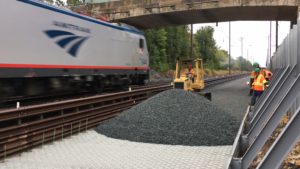
White, et al, Iowa State University, Van Gurp, et al, Kiwa, ND
Comparative field tests of NPA Geocells with geogrids consistently demonstrate that NPA Geocell reinforcement outperforms other geosynthetics, measured by deformation, stiffness and reinforcement factors, in addition to their unique ability to use marginal materials (sand, recycled, etc.) for infill. (Read more)
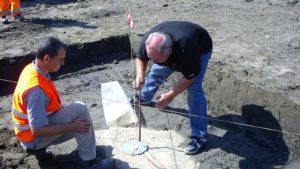
Sitharam, Hedge, Indian Institute of Science, Bengaluru
Papers describe the design and case history of an embankment with Neoloy Tough-Cell foundation over soft red mud, combined with a geogrid to maximize stabilization of the base, including verification by model plate load tests and finite element analysis. (Read more)
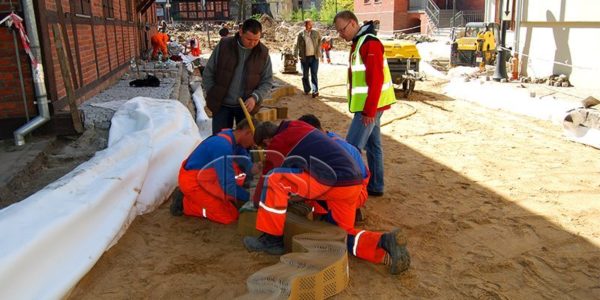
D. Leshchinsky, et al, University of Delaware
Leshchinsky (et al) tested Neoloy Tough-Cell retention walls at the National Seismic Research Institute in Japan, replicating seismic activity of a severe earthquake. Studies concluded that Neoloy is suitable for reinforced walls under high seismic loading. (Read more)
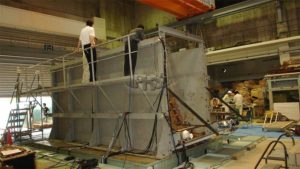
Emersleben, Meyer, Clausthal University, Germany
The studies evaluated how Neoloy reinforcement mechanisms work, and describe the improved geotechnical engineering forces provided by the soil-cell composite structure. Results from comparative field tests include full– scale field testing, validated by laboratory plate box test testing. (Read more)
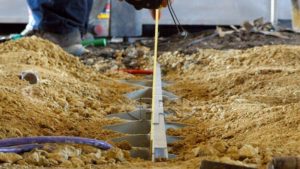

PRS Geo Technologies Ltd.
Copyright © 2025 PRS Geo-Technologies. All Rights Reserved.